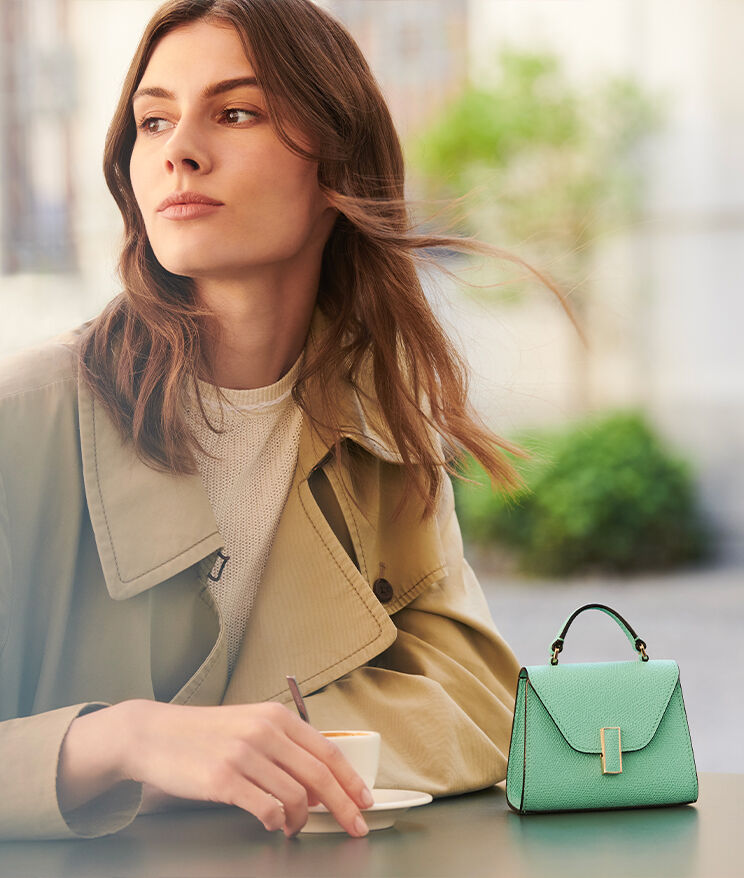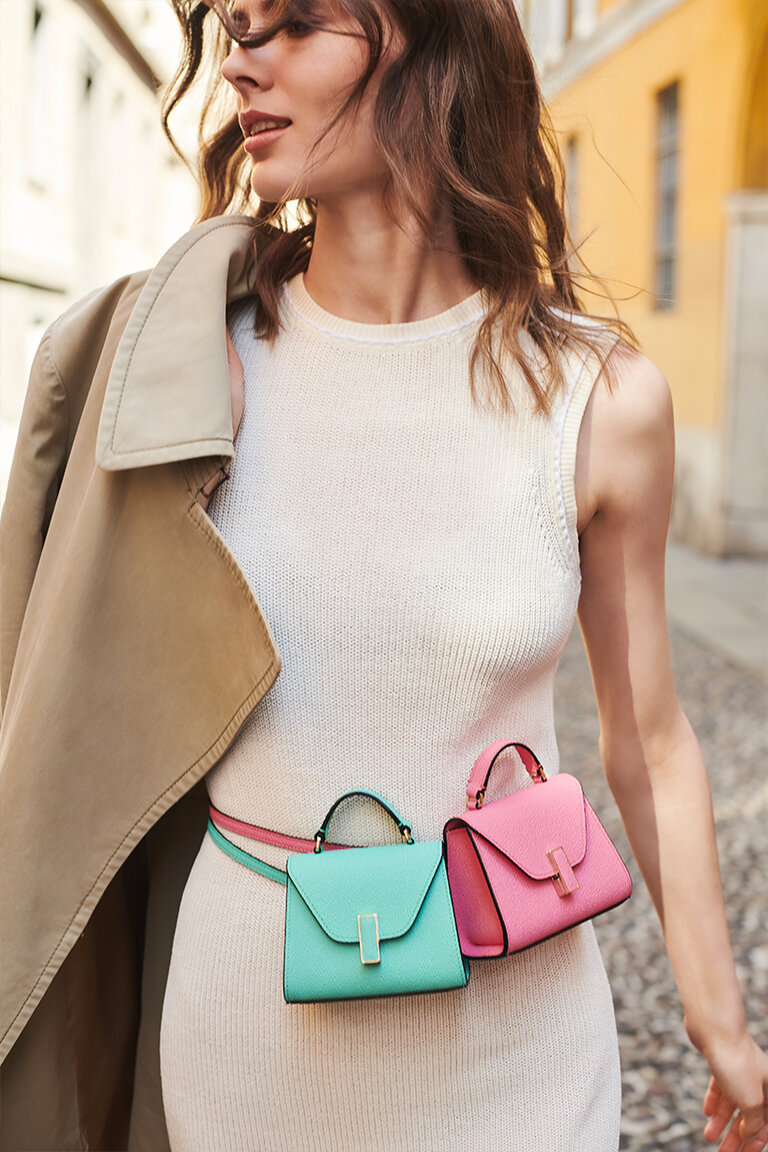

My Milano: Valextra meets Amina and Mariangela
Photographer and stylist Amina Marazzi Gandolfi And Mariangela Filippin share their Milan insight.

Two of Milan’s most sought-after photographers and stylists, Amina Marazzi Gandolfi and Mariangela Filippin share their secrets and hot spots.
Valextra: Amina and Mariangela, how would you describe it Milan to someone who has never been there before?
Mariangela Filippin: Milan is a city hidden behind doorways, where enchanting courtyards hide. It is a severe city that hides a noble and sweet soul.
Amina Marazzi Gandolfi: Exactly as Mariangela says, Milan contains art and culture at 360 degrees, and even today, after 30 years, discovering hidden corners is exciting.
V: What is it that really makes you want to stay in Milan?
AMG: I think it's wonderful, it's an international city, it's alive, you can breathe in culture in all its facets, all year round. It's on a human scale and at the end of the day taking refuge in your own neighbourhood gives you a feeling of belonging to a place of security, which is not taken for granted in a metropolitan city that never stops.
MF: Its daily routine, Milan gives you what the big European capitals offer with an all-Italian spirit. Here you can find the energy of big cities combined with the simplicity of living in a relatively small city on a human scale.
V: And what do you think makes it unique?
MF: The bounce of the bike on the cobblestones, the beauty of the streetcars in the sunset light, your own reflection in the windows of the centre.
AMG: And looking at it from above. If you look at Milan from above, the perimeter of the ramparts form a heart - how romantic is that? That’s very romantic.
V: Is there something you love about the city that you hope never changes?
AMG: I think I'm one of the few who loves the cobblestones. Unfortunately, they are disappearing more and more.
MF: I would say the old trams with their wooden benches.
V: Tell us something that only a true Milanese can know about the city.
AMG: As in every city and every place, time has changed the use and the face of some buildings and neighbourhoods that have been transformed, historical clubs now transformed into a whole different activity - it makes you smile with nostalgia when you pass by those places that have evolved.
MF: That all the openings are on Thursdays.
V: What would be your dream location to shoot in Milan?
AMG: Inside the museums, from the Triennale to the museum of the Twentieth Century and then the Pinacoteca di Brera and its gallery of plaster casts, the Hangar Bicocca. In short, where you can breathe art.
MF: In the Monte Amiata residential complex by Aldo Rossi, a metaphysical and mysterious place, it’s not to be missed.
V: If you had to suggest to someone how to spend an afternoon in the city, what itinerary would you suggest?
MF: I would tell them to visit the Triennale, to see the exhibitions and enjoy some good design, and then go out and wander the streets until you get to the wine shop Cantine Isola. I often take this route.
AMG: I would suggest taking at least a whole day, but also two, to enjoy at least one schnitzel for lunch, two visits to the permanent collections, a walk through the five streets and then enjoy the evening in a classic Milanese trattoria. I would do it all on foot, because you discover so much more and can get lost in the streets.
V: To end with, can you complete this sentence for us: The greatest thing to come out of Milan is…
AMG: …elegance and frenzy, concreteness.
MF: …the dish, Cotoletta alla Milanese. Always and forever.